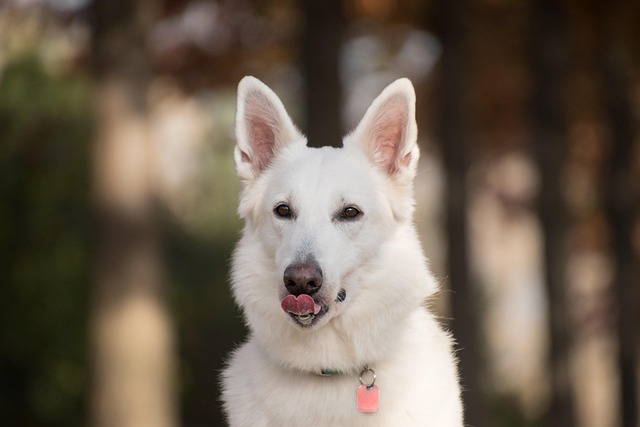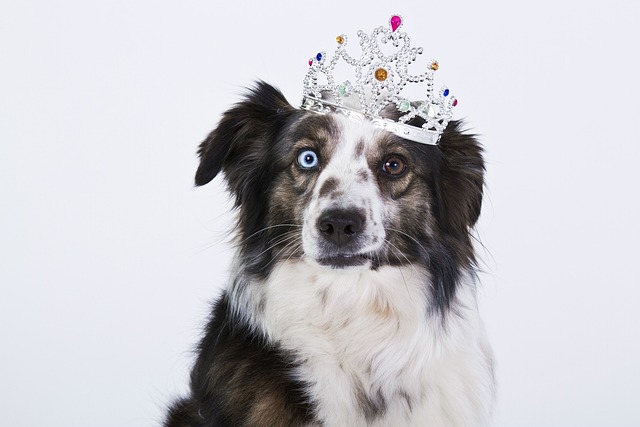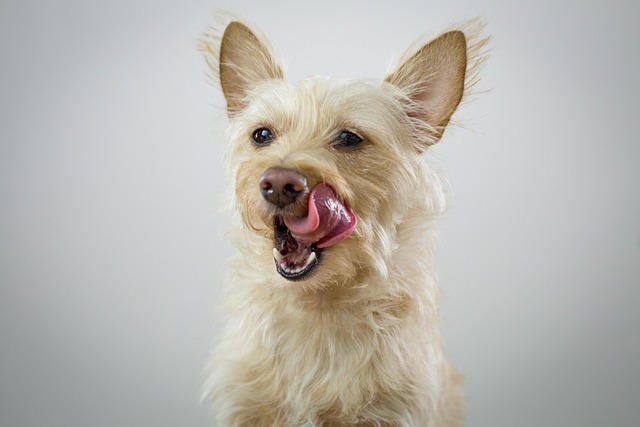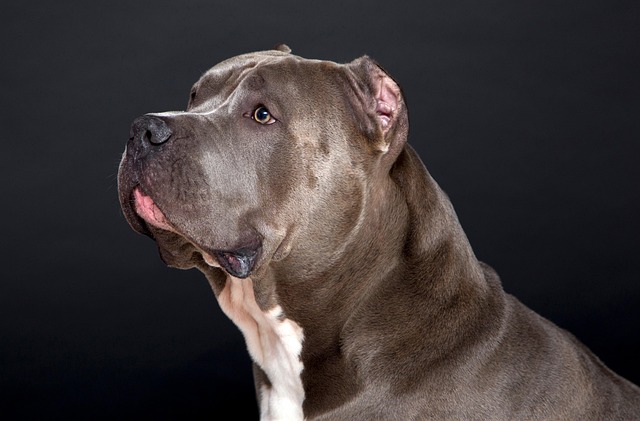
Are Irish setters easy to potty train?
When the Irish setter walks with an elegant pace, its reddish-brown hair shines in the sun, and its lively eyes are full of curiosity and enthusiasm, anyone will be attracted by this unique charm.
With their intelligence, liveliness, and cuteness, dogs have become indispensable good companions in our lives. When seeing other people's dogs effortlessly performing various interesting tricks, such as sitting, shaking hands, and playing dead, many owners eagerly hope that their own dogs can also master these skills. Thus, a common question arises: How long does it take for a dog to learn a trick? Behind this seemingly simple question lie many complex factors that are worthy of in-depth exploration.
The characteristics of the dog breed play a crucial role in the time it takes for a dog to learn a skill. Due to their original breeding purposes and genetic traits, different dog breeds have significant differences in learning ability and speed. For example, Border Collies, with their extremely high intelligence and focus on herding work, can often quickly understand and master their owners' commands, and their speed in learning new tricks is astonishing. For a simple command like "sit," after a few patient training sessions, a Border Collie may be able to comprehend and execute it accurately within just a few minutes. In contrast, breeds like Bulldogs, although brave and loyal, have a relatively stubborn personality and may require much more time and effort to understand and adapt to new skill training. For the same "sit" command, a Bulldog may need dozens of repeated training sessions or even several days to fully master it. This is not because they are less intelligent, but rather their unique personality traits make them more cautious and slow in accepting new things.
The scientific nature and effectiveness of the training method also greatly influence the length of time it takes for a dog to learn a skill. Positive training methods, such as using food rewards, praise, and petting to reinforce a dog's correct behavior, often make dogs more willing to take the initiative to learn. When a dog makes a movement that conforms to the command, immediately giving it a delicious treat and enthusiastic praise will make it associate this behavior with positive rewards, thus giving it more motivation to repeat the action. Conversely, using punitive training methods, such as hitting, scolding, or reprimanding, may make the dog feel scared and confused. Not only will it not improve the learning efficiency, but it may also damage the trust relationship between the dog and the owner, prolonging the learning time. For example, when training a dog to "lie down," if the owner gives a small treat as a reward and gently says "good dog" every time the dog lies down correctly, the dog may master this skill proficiently within a few days. However, if the owner just forces the dog to lie down and even scolds or hits it when it makes mistakes, the dog may develop a resistance to the training, and the learning process will become long and difficult.
 The dog's age is also an important factor to consider. Puppies are like human children, with their brains in a stage of rapid development. They are full of curiosity about the world around them and have a relatively strong learning ability. When puppies are between 3 and 6 months old, it is the golden period for basic skill training. Puppies at this stage learn new skills relatively quickly. Simple skills like "come here" and "wait" can usually be well mastered after about a week of continuous training. However, puppies have a short attention span and require multiple, short training sessions to consolidate their learning achievements. In contrast, although adult dogs may not learn as quickly as puppies, they have stronger concentration and comprehension abilities. For some skills with a certain level of difficulty, such as complex hand gesture commands, adult dogs may be able to learn them after 2 to 3 weeks of systematic training. As for senior dogs, due to the decline in their physical functions and cognitive abilities, it is more difficult for them to learn new skills. It may take several weeks or even months, and during the training process, special attention should be paid to avoiding overexertion to protect their physical health.
The dog's age is also an important factor to consider. Puppies are like human children, with their brains in a stage of rapid development. They are full of curiosity about the world around them and have a relatively strong learning ability. When puppies are between 3 and 6 months old, it is the golden period for basic skill training. Puppies at this stage learn new skills relatively quickly. Simple skills like "come here" and "wait" can usually be well mastered after about a week of continuous training. However, puppies have a short attention span and require multiple, short training sessions to consolidate their learning achievements. In contrast, although adult dogs may not learn as quickly as puppies, they have stronger concentration and comprehension abilities. For some skills with a certain level of difficulty, such as complex hand gesture commands, adult dogs may be able to learn them after 2 to 3 weeks of systematic training. As for senior dogs, due to the decline in their physical functions and cognitive abilities, it is more difficult for them to learn new skills. It may take several weeks or even months, and during the training process, special attention should be paid to avoiding overexertion to protect their physical health.
The dog's own health status cannot be ignored either. A dog that is not feeling well, whether it is suffering from an illness or in a state of pain, will find it difficult to concentrate on learning new skills. For example, if a dog has arthritis, when training skills that require standing or jumping, it will be unable to cooperate due to physical pain, hindering the learning process. Only when the dog is in good health, with both its body and spirit full of vitality, can it engage in skill training in the best state and shorten the learning time. Therefore, it is crucial to ensure that the dog is healthy before training it.
During the process of training a dog, the deep emotional connection between us and the dog also plays a positive role in promoting the training. The dog's love and trust for the owner will prompt it to desire to please the owner, thus participating in the training more actively. When we treat the dog with patience and a gentle attitude and establish an intimate relationship with it, the dog will be more willing to follow the owner's commands, and the efficiency of learning skills will be greatly improved. Every training session is a precious moment for us to enhance our relationship with the dog. Watching the dog progress from initial ignorance to gradually understanding and proficiently mastering the skill, every bit of progress makes us feel extremely gratified and proud.
The time it takes for a dog to learn a skill varies depending on many factors such as the dog breed, training method, age, and health status, and there is no fixed answer. It can range from a few days to several months. As dog owners, we need to have enough patience and love, choose appropriate training methods according to the dog's characteristics, and accompany them as they grow step by step. Every training session is a manifestation of our care and companionship for the dog and also a further reinforcement of the deep emotional bond between us and the dog. Let's enjoy this process, witness the dog continuously mastering new skills under our careful guidance, become an even better and happier companion, and create more wonderful memories together.

When the Irish setter walks with an elegant pace, its reddish-brown hair shines in the sun, and its lively eyes are full of curiosity and enthusiasm, anyone will be attracted by this unique charm.

When the furry little life stumbles into our lives, the soft and sticky cry and wagging tail instantly melt the hearts of countless dog owners. However, behind this sweet companionship, puppy potty training is like a mountain in front of them.

In the steel jungle of the city, more and more people are eager to have a furry companion to add more warmth and companionship to their lives.

Training puppies to develop good house bowel habits is a process that every pet owner looks forward to and is full of challenges. This is not only about the cleanliness of the home environment,

Dog walking is supposed to be a pleasant time for people and dogs to enjoy each other's company, but when the dog drags the leash and rushes around, this beautiful moment is broken.

When a dog suddenly poops in a specific area of the house, it not only causes cleaning troubles but also makes the loving owner feel anxious and helpless.